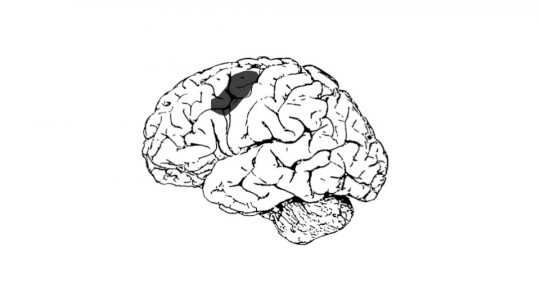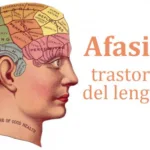
Human language is the result of the interaction of a series of brain activities aimed at collecting, integrating and elaborating messages that the medium sends to the person. When this interaction is altered due to brain damage, language disorders such as aphasia arise.
The problem with aphasia is that speech production, comprehension and naming are severely affected. In the last case, the naming of objects, aphasia is called amnestic or anomic aphasia which causes the person to find extreme difficulties when naming objects.
What is amnestic aphasia?
Although problems in the ability to name objects or people are common in many aphasic disorders, the main characteristic that differentiates amnestic or anomic aphasia from the rest is that in this anomia must appear relatively isolated
To clarify this concept a little more, anomie consists of the difficulty of remembering the name of objects, people, elements… with the person being practically unable to call things by their name.
In anomic aphasia the person is perfectly capable of understanding what is asked of them, and is even able to correctly point out that object for which they cannot find the word. However, when trying to name it, it is impossible
When this alteration is very pronounced, the person’s speech becomes a speech based on circumlocutions, that is, they need to use more words and expressions than usual to express a single concept, or they use words from the same semantic field.
Other characteristics to categorize an aphasia as amnesic are:
Causes of amnestic aphasia
Since the retrieval of names in memory is a complicated process that works in association with other intellectual and cognitive gears, it is difficult to locate the cause of aphasia in a specific point in the human brain.
However, in very pronounced amnesia aphasias, lesions in different specific areas of the brain result in this type of anomic problems. These sectors are located in the angular region, specifically in the multimodal association cortex of the parieto-temporo-occipital area; or in the posterior region of the third temporal gyrus of the predominant hemisphere
Other scenarios in which amnestic aphasia can be observed are those caused by:
- Brain tumors
- Apoplexy
- Dementia
Symptoms
Typically, initial symptoms begin to appear in the early stage of aphasia, during which the person begins to experience problems designating any object, person, animal, feeling etc., leading to total incompetence.
Some of the consequences associated with these symptoms are fainting, headaches and seizures; and problems in the work, home and academic spheres.
This symptomatology does not usually reestablish itself naturally, only in the event that the aphasia is caused by a transient ischemic attack (TIA). Therefore It is necessary for the person to go to rehabilitation so that the symptoms do not become permanent.
- Related article: “The 15 most common neurological disorders”
Differences between anomic aphasia and semantic aphasia
Although regarding the classification of aphasias it is usually represented as independent, in clinical practice this type of aphasia usually occurs together with semantic aphasia.
Unlike anomic aphasia, semantic aphasia results in a deficit in understanding of logical-grammatical structures In this aphasia, it is impossible for the person to understand the total meaning of a sentence and the relationship that exists between the parts that form it.
At the level of oral or conversational language skills remain relatively preserved the tendency to forget words is very common, hence the relationship between these types of aphasias.
- You may be interested: “The 8 types of speech disorders”
Tests and diagnosis
There are a series of evaluation and diagnostic batteries indicated to evaluate language in all its aspects. Being especially useful when carrying out a first screening.
One of the best-known tests is the Boston Test whose objectives include:
- Evaluation of the person’s abilities in each of the language areas with the intention of developing a specific action plan.
- Specification and diagnosis of a clinical picture thus specifying the location of the injury.
- Evaluation of the patient’s degree of deficit.
Likewise, there are a series of specific tests that only examine some specific aspect of language, and that can be useful in developing an action plan tailored to the person’s needs.
Some of these tests are:
- Totem Test for the evaluation of oral comprehension
- Pizzamilio test for the evaluation of syntactic understanding
- Boston vocabulary test that specifically studies naming
- Audrey Holland Test to Gauge Communication Skills in Daily Life
- CADL test for the specific assessment of communication skills beyond specific speech alterations.
Intervention and treatment
After the diagnosis, it is essential to develop an intervention or rehabilitation program that allows the patient to function in their daily life in the most bearable way possible.
Given that anomic aphasia is usually accompanied by symptoms typical of other aphasias, rehabilitation exercises must be accompanied or complemented by other interventions. In this way the patient manages to improve his access to the lexicon, improve the designation of objects, increase your speech fluency and, consequently, increase their resources for interaction with other people in their daily lives.
Therefore, there are a series of objectives to meet during the treatment of amnestic aphasia:
- Provide skills for language improvement
- Relearn everyday language
- Provide psychological support to the patient
Instruct the patient’s family members to communicate with the patient effectively








